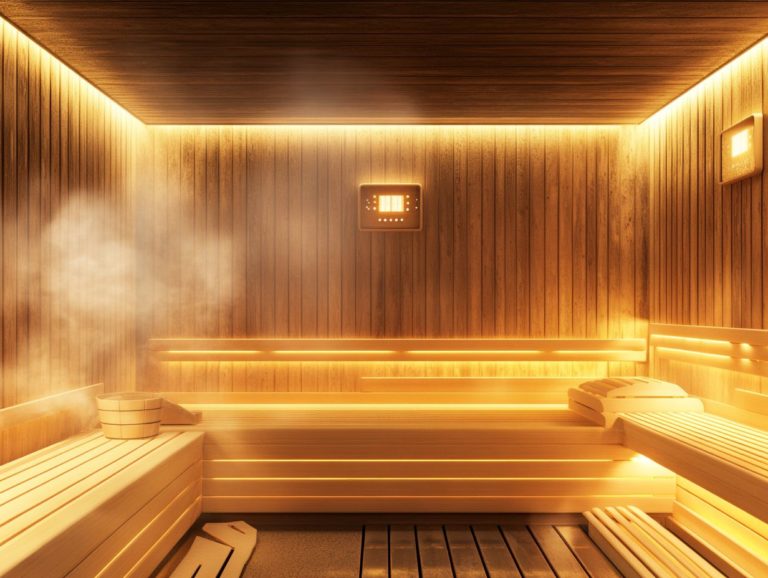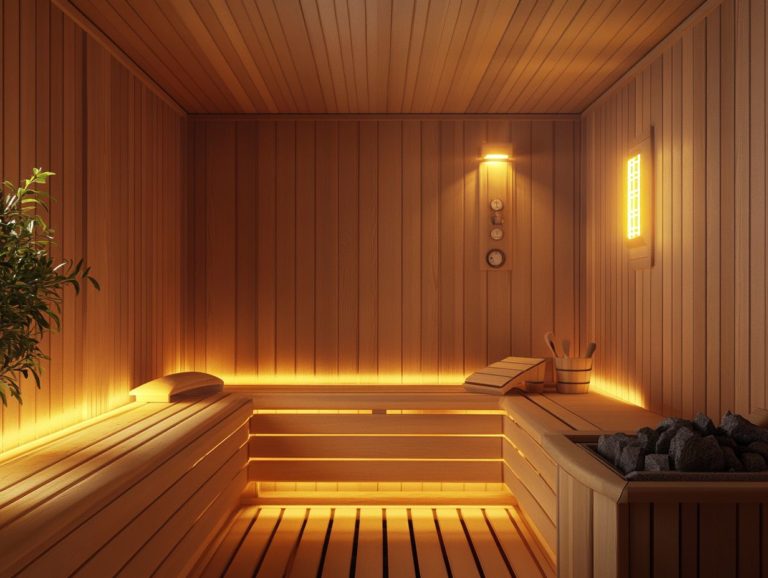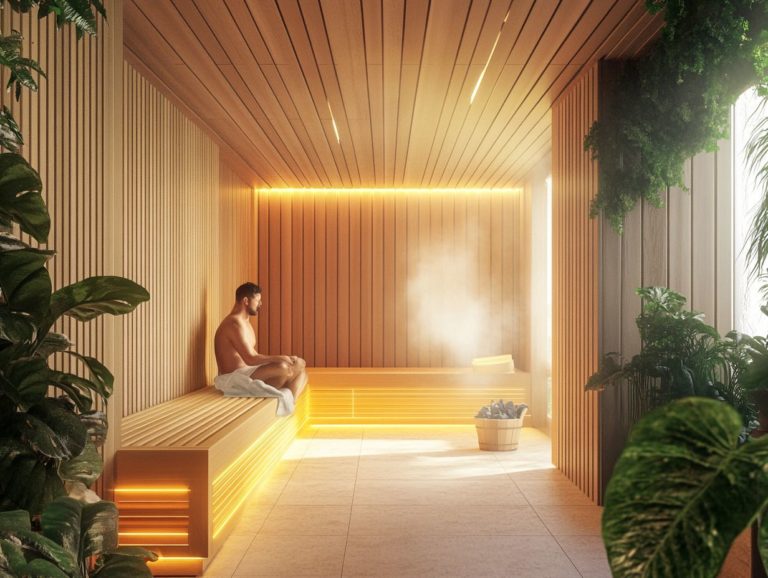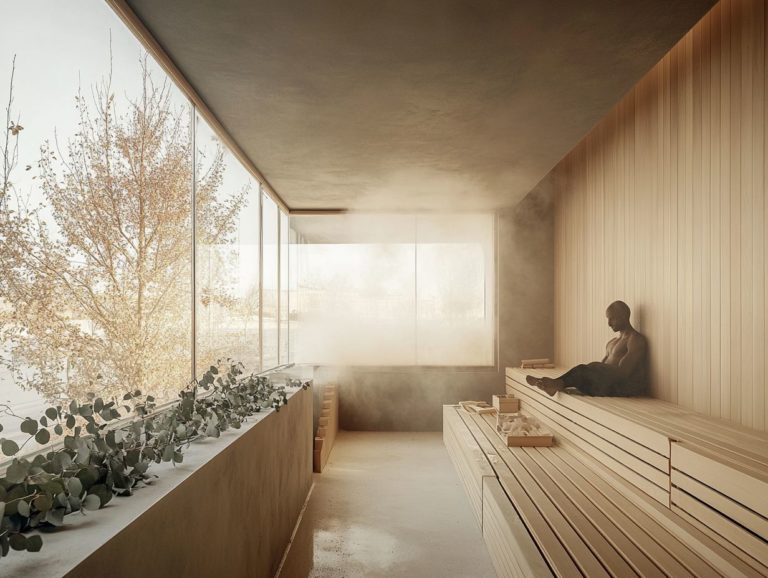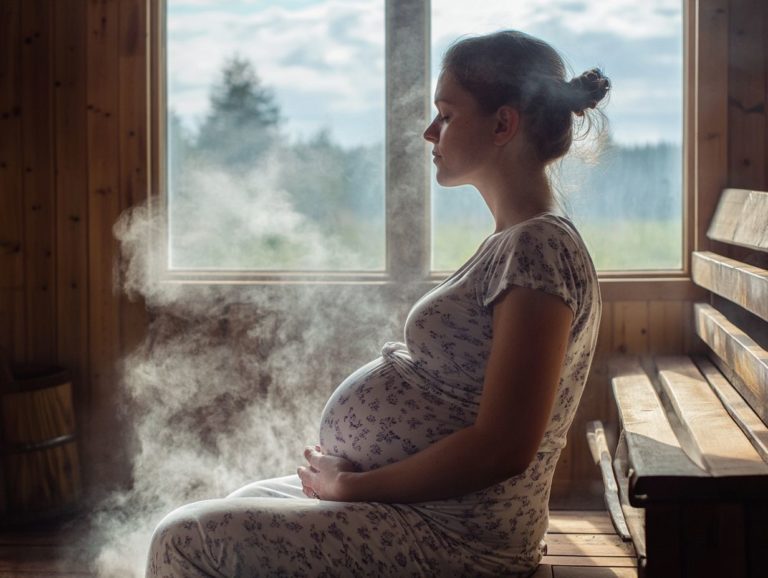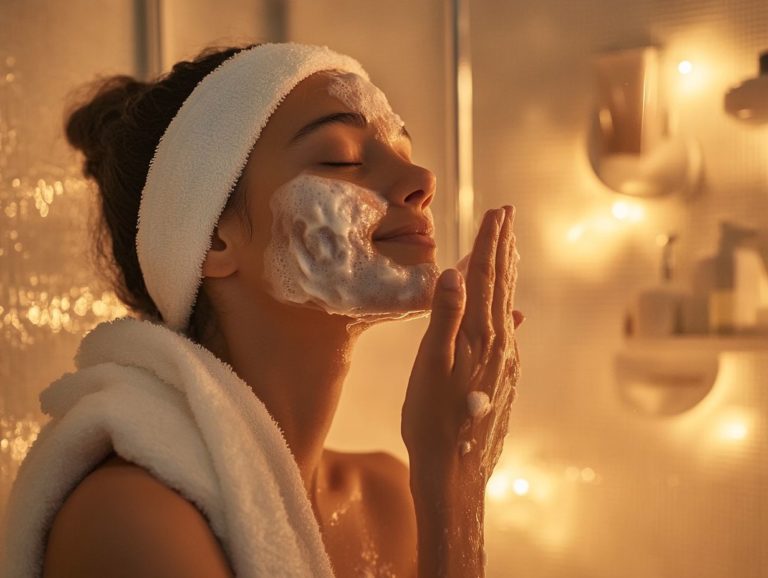Can Children Use a Sauna?
Curious about the potential benefits and risks of sauna use for children? As wellness practices gain traction among families, traditional and infrared saunas can provide remarkable physical and mental health benefits for your little ones. However, it’s crucial to consider safety, age guidelines, and preparation before introducing your child to this fun and calming sauna experience.
This article delves into the advantages, necessary precautions, and alternative options to ensure your child’s health and relaxation remain top priorities. Explore how to make sauna use a safe and enjoyable option for your family, ensuring proper supervision and hydration throughout the experience!
Contents
Key Takeaways:
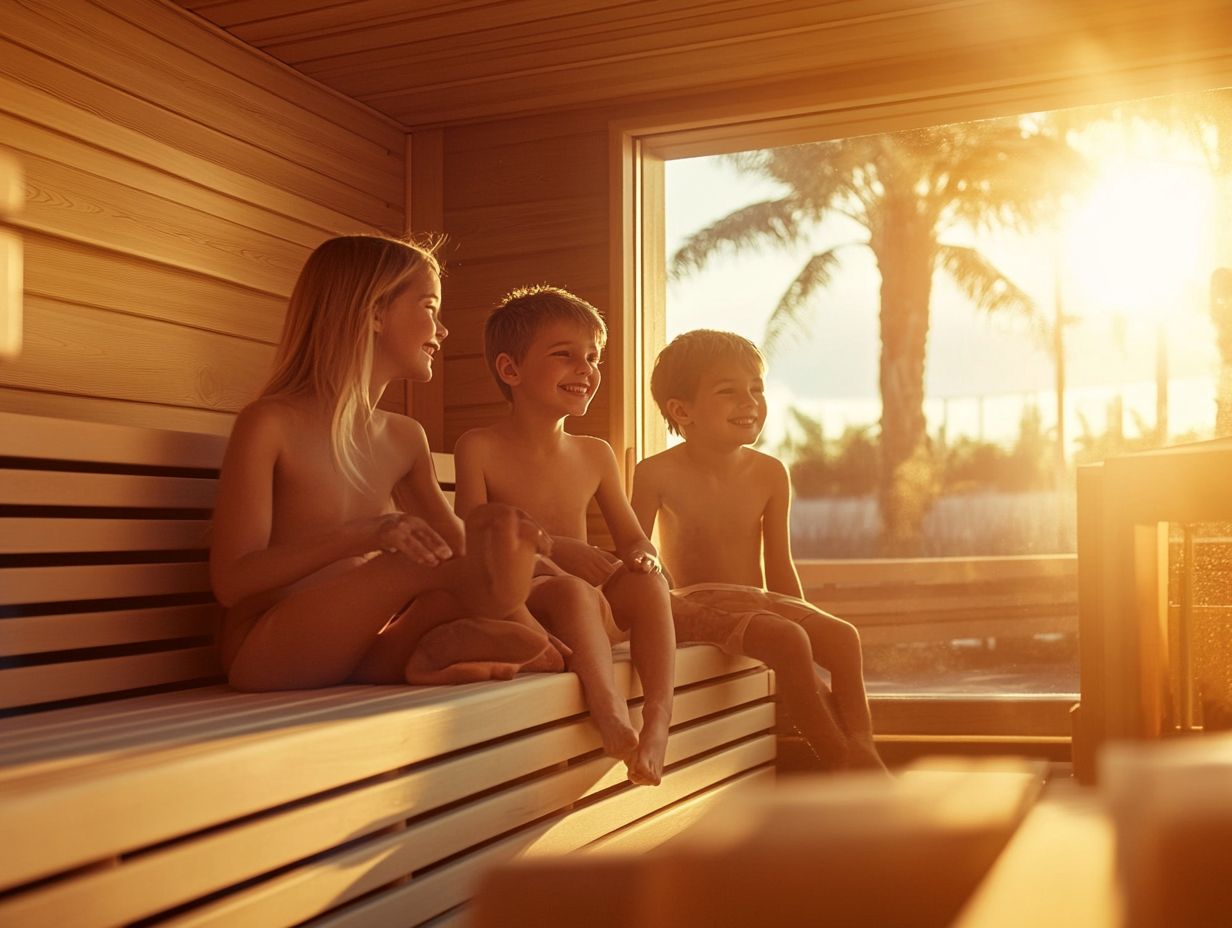
- Children can benefit from using a sauna for both physical and mental health, such as improving blood circulation and reducing stress.
- It’s important to consider safety measures before allowing children to use a sauna, including proper hydration, supervision, and temperature control.
- There are recommended age restrictions for sauna use, and it’s important to prepare children properly, including discussing the benefits and risks with them.
The Benefits of Saunas for Children
Wondering how saunas can help your child? Saunas, especially traditional Finnish and infrared saunas, support their physical and mental health while providing exposure to a calming environment. They create a serene space for family bonding, allowing kids to bask in soothing warmth that positively impacts their overall health.
Parents must know the guidelines and safety precautions surrounding sauna use for children, including the importance of monitoring their body temperature during the sauna session.
Physical and Mental Health Benefits
The physical and mental health benefits of saunas for children are impressive. They offer improved circulation, enhanced relaxation, and stress relief elements that are crucial for their overall health and wellness development.
Regular sauna use can significantly boost cardiovascular health by promoting better heart function and blood flow, which is essential for those growing bodies. This warm haven not only aids in muscle relaxation after playtime or sports but also helps alleviate the everyday tension children might face. For those considering sauna sessions post-exercise, it’s important to follow sauna use after workouts safety tips.
On the mental health side, the soothing heat can be a game-changer, significantly reducing anxiety levels and contributing to a brighter mood. This equips young ones with the resilience they need to navigate school and social situations.
Altogether, these benefits foster a healthier, more balanced lifestyle, enabling children to thrive both physically and emotionally.
Potential Risks of Sauna Use for Children
What should you know before your child steps into a sauna? While saunas offer a range of benefits, it s crucial to be mindful of potential risks such as overheating, dehydration, and the possibility of minor burns. By ensuring proper supervision and following safety precautions, you can significantly reduce these risks, creating a safer sauna experience for your young ones.
Considerations for Safety
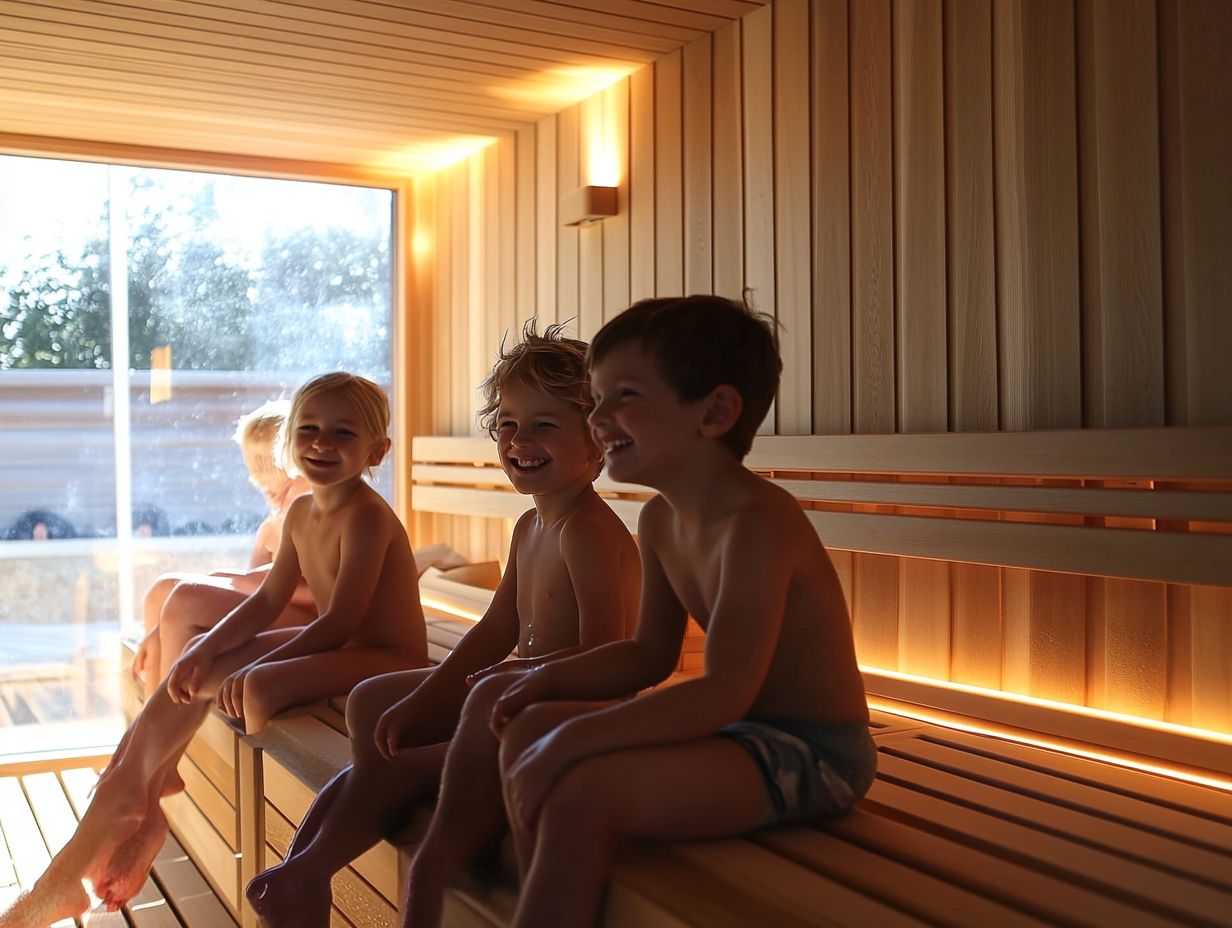
In terms of sauna use, safety and temperature control is your top priority. Make sure there s proper supervision from parents and keep those temperatures just right. It s also crucial that children are well-hydrated before, during, and after their sauna sessions.
Vigilantly monitor their body temperature to prevent overheating, as kids might not always express their discomfort. Being attentive to signs of dizziness or fatigue can be vital for ensuring a safe and enjoyable sauna experience. If you have specific health concerns, such as fibromyalgia, it’s important to consider whether you can use a sauna. Establishing clear verbal agreements with your children about the importance of exiting the sauna immediately if they feel unwell is essential.
You can create a comfortable and engaging atmosphere by setting time limits and incorporating age-appropriate activities, making sauna time both enjoyable and safe. Lastly, don’t forget to allow for a cool-down and hydration period after sauna use, as it’s important to know how often you should use a sauna to help young bodies recover and thrive.
Age Restrictions and Guidelines
When you consider allowing children to use a sauna, it’s crucial to follow the age restrictions and guidelines established by health professionals, including pediatricians, for a safe sauna experience. This ensures that the practices align with a child’s developmental needs and promote their safety.
Recommended Ages for Sauna Use
Pediatricians generally recommend that children aged 6 and older can safely enjoy sauna sessions, as long as they re accompanied by an adult and follow established safety guidelines.
Remember, kids can handle heat differently, so let s keep an eye on them! It’s essential to monitor their comfort and hydration. Young children may respond differently to heat compared to older kids, so ensure they take frequent breaks and stay well-hydrated.
Medical advice also highlights the importance of being attentive to your child’s health before they enter the sauna. Consulting with healthcare professionals when needed is a wise move.
By adhering to these guidelines, you can turn the sauna experience into a unique and enjoyable outing for your child, fostering relaxation and social bonding in a safe setting.
Preparing Children for Sauna Sessions
Preparing children for sauna sessions requires a thoughtful approach that includes discussing sauna etiquette. Begin by ensuring they are properly hydrated, as hydration is key to a positive experience.
It’s important to explain the sauna experience in a way that sparks their curiosity about health and wellness, relieving any apprehensions. Emphasize the significance of supervision, as having someone watch over them enhances both comfort and safety during sauna use, especially when considering if it is safe to use a sauna when sick.
Proper Hydration and Supervision

Proper hydration and consistent supervision are essential for ensuring that children enjoy a safe and pleasant experience during sauna sessions, enhancing family time together.
Before entering the sauna, it’s crucial for everyone, especially children, to be well-hydrated. This helps their bodies manage heat and reduces the risk of dehydration. During the sauna session, encourage regular sips of water to replenish fluids lost through sweating. Even after leaving the heat, rehydration with cold water and salty snacks remains vital, as the body continues to lose moisture. Additionally, knowing what to do after using a sauna can enhance your recovery and well-being.
Parents and caregivers should closely monitor younger users for any signs of overheating, dizziness, or discomfort. Providing water before, during, and after sauna use, along with short breaks to cool down, can significantly lower the risk of dehydration and create a safer environment. If you’re wondering whether you can use a sauna after a workout, make sure to consider these precautions.
Alternatives to Sauna Use for Children
If you’re exploring alternatives to sauna use for your children, consider healthy activities that foster relaxation and promote health. Options include warm showers, swimming, or engaging in mindfulness exercises all supporting overall wellness in young ones.
Each of these options provides a nurturing environment that encourages tranquility and well-being.
Other Ways to Promote Health and Relaxation
Consider other effective ways to promote health and relaxation for children: engage them in outdoor activities, practice mindfulness, and seamlessly incorporate physical exercise into their daily routines.
Encouraging time spent in nature allows children to bask in fresh air and explore their surroundings, reducing stress and enhancing overall well-being.
Mindfulness practices, which help kids focus on the present moment, like deep breathing exercises or guided imagery, can cultivate mental clarity and help them navigate their emotions more easily. Additionally, exploring wellness techniques can be beneficial, such as learning how to use a sauna for pain relief.
Incorporating enjoyable physical activities, such as dancing or playful sports, not only promotes fitness but also uplifts their mood and fosters essential social skills. These approaches contribute to a balanced lifestyle, allowing children to flourish both physically and emotionally, bolstering their overall wellness.
Frequently Asked Questions
Have you ever wondered how your child can enjoy a sauna safely? Below are some common questions that parents might have:
- What is the recommended age for children to use a sauna?
- How can I ensure my child stays hydrated during sauna sessions?
- Are there alternative activities to sauna use for relaxation?
Get ready to create unforgettable sauna moments with your child!
Can children safely use a sauna?
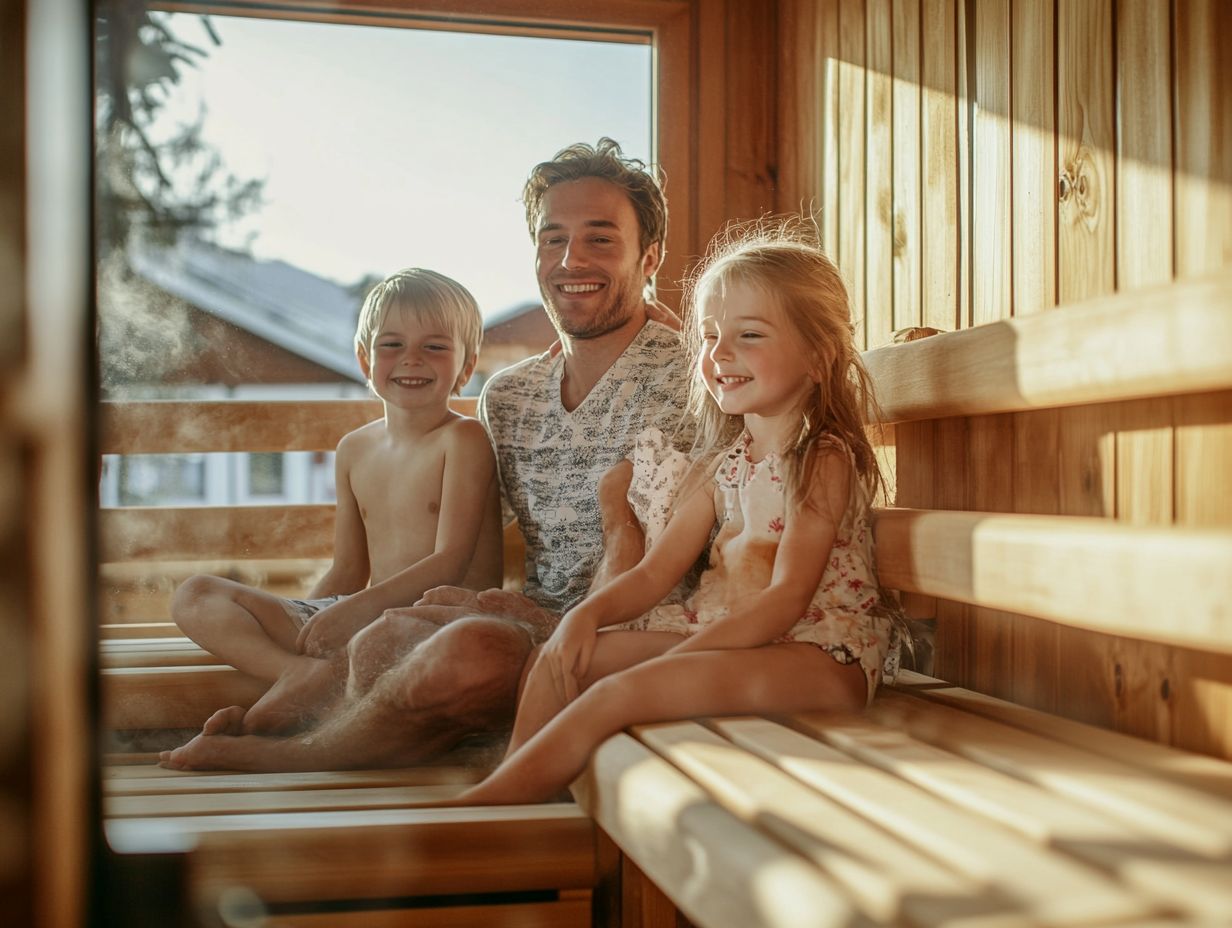
Yes, children can use a sauna. However, they should do so under adult supervision, especially with infrared saunas, and for a limited time.
What age is appropriate for a child to start using a sauna?
The age at which a child can start using a sauna may vary based on health considerations. It is generally recommended that they be at least 6 years old.
Are there any health risks for children using a sauna?
There are potential risks, such as dehydration, overheating, and minor burns. Children should hydrate well before and after using a sauna and limit their time for safety.
How long should a child stay in a sauna?
The recommended duration for children in a sauna is much shorter than for adults. Usually, they should stay for no more than 10-15 minutes at a time.
Can children use a sauna if they have a medical condition?
It is important to consult with a doctor, especially a child expert (pediatrician), before allowing a child with a medical condition to use a sauna.
Are there any benefits for children using a sauna?
Using a sauna offers amazing benefits. It can improve circulation, promote relaxation, and even boost the immune system, especially when sessions are supervised by adults.

